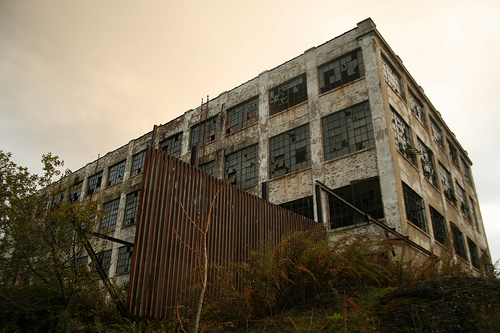
As long as we want to be interesting, distinct, special, and worthy of special praise, we are pulled away from the deep realization that we are like other people, that we are part of the human race, and, in the final analysis, that we are not different but the same. – Henri Nouwen, Spiritual Direction
“The basic human condition of brokenness.”
That phrase (from Spiritual Direction by Henri Nouwen) grabbed me and wouldn’t let go.
Brokenness.
That is the one thing we all have in common… and it’s the one thing that we really don’t want to talk about, isn’t it? Actually, maybe we do want to talk about it… but we don’t.
Our brokenness is something we often try to hide from one another. And when we’re not trying to hide it from others, we’re trying to fix it ourselves. See, we don’t even want to deal with our own brokenness! We just want to find a way to make it go away. (See: “self help” industry–among other things.)
But, as much as we try to hide it, or as much as we try to fix it, the brokenness is always there.
Not too long ago, I busted a hole in the wall in our hallway. I’m not the most handy guy, but I bought a patch to cover the hole, installed it, and then sanded it down to make it blend in with the rest of the wall. I sanded and sanded and sanded and finally repainted it, and from some angles, with the right lighting, you can’t even tell that there’s a patch. But if the light shines on it just right, you can see it plain as day. Even in the dark, though, I always know it’s there.
That’s kind of the way it is with our brokenness. Maybe we can hide it from most people most of the time, but it’s still there. And if they don’t know it, we certainly do.
If only we could open up to one another, if we could show our wounds and our brokenness to one another, we could finally relax and be at peace. Instead, though, we come together and, like a bunch of roosters, puff out our chests to look bigger and more impressive than we really are. We try to show that we are “interesting, distinct, special, and worthy of special praise,” as Nouwen said.
In the process, not only does our posturing inhibit us from making deep connections with one another, but it only makes our brokenness hurt even more, because when we finally retreat back to our own space, we feel like we’re the only ones who are broken.
Well, he seems to have it all together. I guess I’m the only one who’s hurt.
Of course, that’s the furthest thing from the truth.
What if, though, we could come to one another like this:
I am wounded.
You, too?
Then let us travel together
And help one another.
Only when we show our brokenness can the walls between us come down, allowing us to be in true community with one another. (Now, granted, “community” brings its own set of challenges… but that’s for another day!)
As I was thinking about this, the account of Jesus appearing to his disciples for the first time after the resurrection came to mind. What did he do? “He revealed the wounds in His hands and side.” (John 20:20 The Voice)
It’s recorded as if this gesture was to show them that he was the same Jesus who was crucified… but whether intended or not, he was also saying, “See, I am wounded, like you; I know what it feels like.”
It is through our brokenness that we realize we are the same.
I am wounded.
You, too?
Then let us travel together
And help one another.
Peace.
photo credit: locked out via photopin (license)